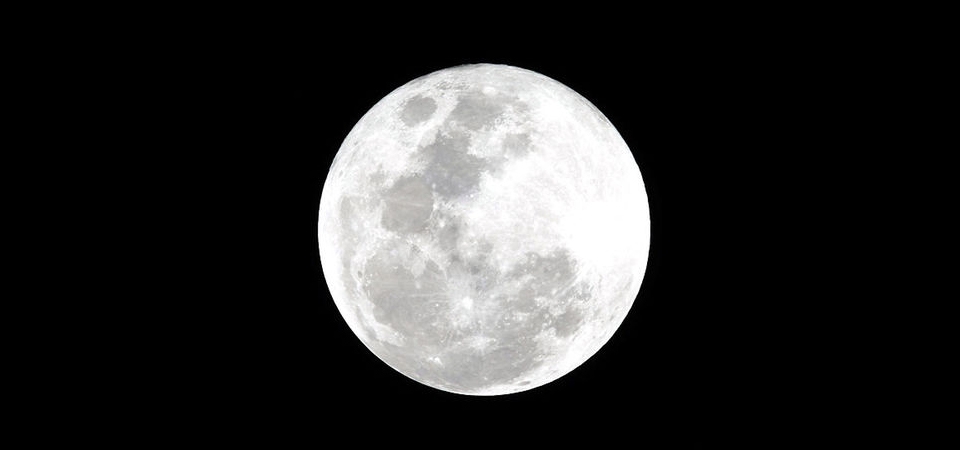· chinese daily life · 3 min read
Understanding the Chinese Lunar Calendar and Its Impact on Daily Life
Enhance your understanding of the lunar calendar's accuracy. Gain insights into its practical applications for daily life. Take your calendar knowledge to the next level.

If you have been living in China for a while you will have come across the lunar calendar phenomenon. Actually, it is just a phenomenon for us ignorant foreigners (mostly those from western countries) as Chinese grow up with the lunar calendar being a part of their everyday lives. As a matter of fact and after checking Wikipedia, the calendar Chinese use is not a lunar calendar but a lunisolar calendar. Get some bragging rights with this knowledge as even MS Word is marking it as an incorrect word.
Do you get it?
First off, we have to establish that the lunisolar and Gregorian calendar are different creatures altogether. They overlap in certain places perhaps hinting at the fact that some pretty smart people came up with these ideas more or less independently. Isn’t the pursuit of knowledge a great and unifying thing? Now, the main question I have been wondering about was why the date of the Chinese New Year would fluctuate Gregorian year by year but always move within a narrow January to February band. Turns out a lunisolar month has 29 to 30 days and a lunisolar year has either 12 or 13 months. This makes a lunisolar year have about 353 to 355 (short year) and 383 to 385 (long year) days per year respectively.
The one piece of information I could not find anywhere was in what order short and long years would occur. However, applying some very simple arithmetic and deducing from my many Chunjies spent in China I have come to the conclusion that it must be one long year for every two short years. In other words, a long year in year 3 brings the lunisolar year back in sync with the Gregorian calendar; albeit without the original intention of doing so, but definitely very helpful for foreigners to understand. It is a lot like February having 29 days every for years to bring the Gregorian calendar back in sync with the Earths’ revolutions around the sun (at least that’s how I remember it). Anyhow, this is my theory, if I am wrong please 1) forgive me and 2) comment below on my stupidity.

Despite myself getting birthdays of my Chinese friends ridiculously wrong – ever said “happy birthday” to someone on the completely wrong day? –- there is one thing that got this whole “What is the business with the Chinese calendar?” started. Its accuracy in terms of weather. You can bet your farm that about 3 weeks after Chunjie the weather will change from Arctic cold to Bahamas warm (both exaggerations) and this in itself speaks to the merits of the lunisolar calendar I think. After all, it is nice to find a few things of reliability in the messy world of ours, wouldn’t you say?